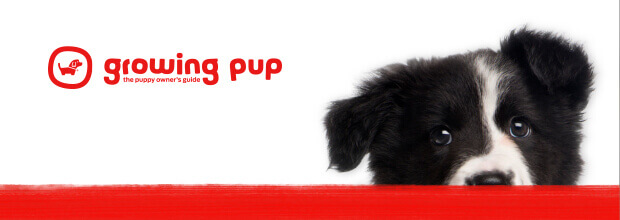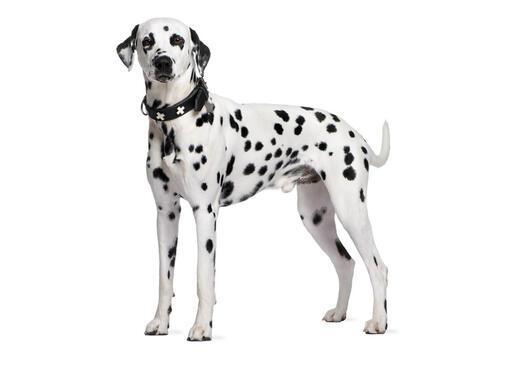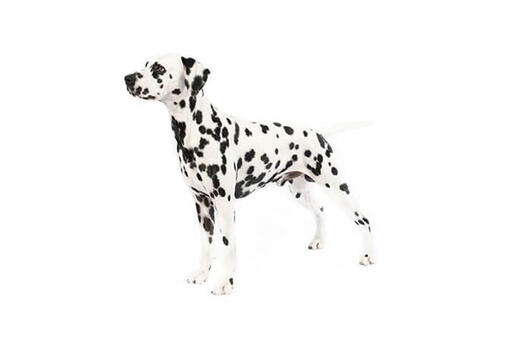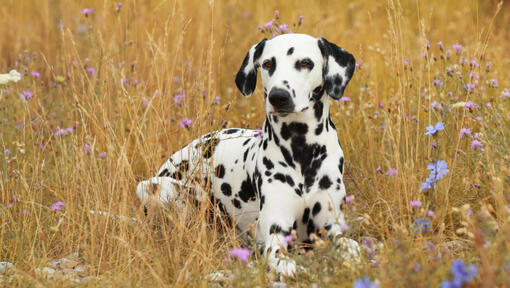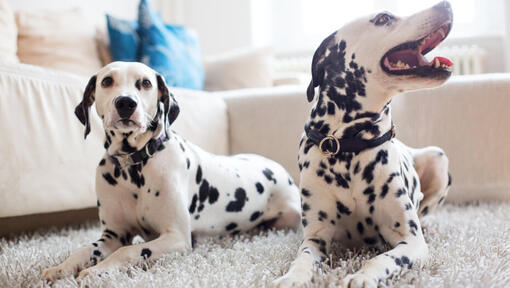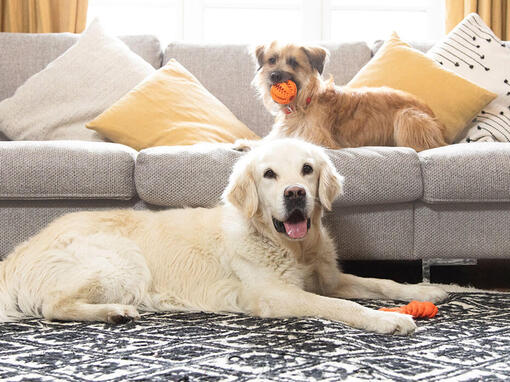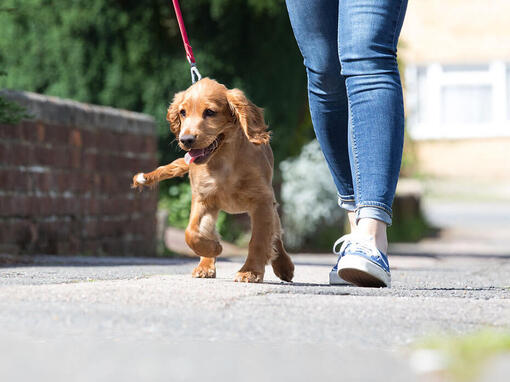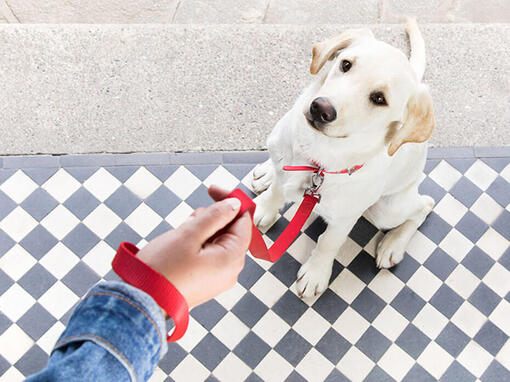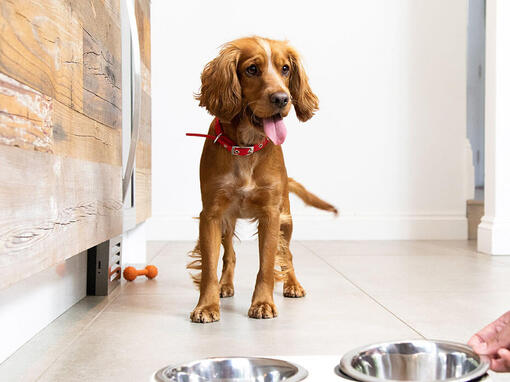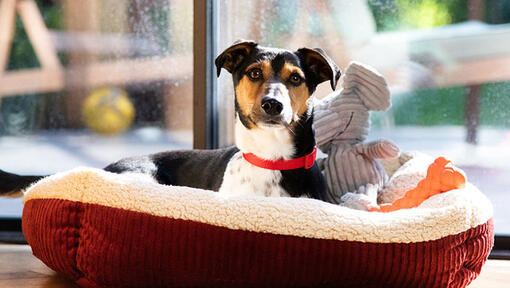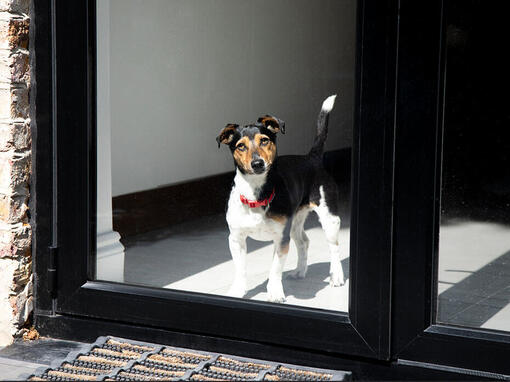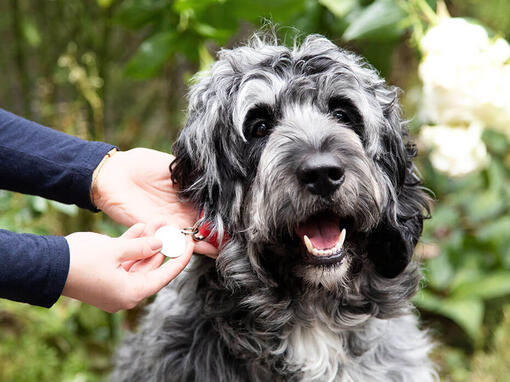The only spotted breed of dog, the Dalmatian has an outgoing disposition and thrives with a loving family. The original coach dog, the Dalmatian is well-known for riding proudly atop a fire engine or running with a carriage. Having great endurance, the Dalmatian competes in long-distance road trials. This highly intelligent breed needs daily exercise, and his fine coat needs regular brushing to minimise shedding.
DID YOU KNOW? Dalmatians are born pure white, with the spots appearing around seven to 10 days.
ALSO KNOWN AS: Carriage Dog, Spotted Coach Dog, Firehouse Dog, Plum Pudding Dog


